How persistent is our team from 0 to “I broke my hand, but I’m performing as if nothing happened”?
It’s not difficult to guess, it’s the latter. Yes, one of our team members has had a mishap, but that hasn’t slowed him down one bit.
So, let’s see where’s our team currently at.
Rapid Risk Assessment
Although it resembles a tongue twister, RRA is more of a mind twister.
The team decided working on Rapid Risk Assessment is a necessity. Why? Because evaluating risks that could impact the protocol is an essential part of pre-development work.
So, this previous month the team labored over the analysis of risks associated with data stored and processed by GRN Grid to understand the impact of that data on the GRN Grid’s service.
What components of this service they paid special attention to?
- Wallet application
- Bootstrap nodes
- Network Nodes
Wallet application
Critical data of this component are the apps’ key pair and bootstrap node information that tells the wallet how to access the network as the wallet application interacts with the network.
Bootstrap nodes
Critical data of this component are its key pair and the database of peers in the network, which is public, but its integrity is critical. These nodes are in charge of network p2p (peer-to-peer) exchange and represent a root for the discovery of other GRN Nodes: Clients and Validators.
Network Nodes (Blockchain nodes)
Critical data associated with network nodes are again the peer database and validator selection algorithm, which must be unpredictable and fair. Speaking of network nodes, they can have two roles:
- Client node — provides a read-only functionality to the network, similar to ETH light nodes
- Validators — Clients can be Validator nodes if they have staked GRN (Running PoS algorithm) and need to run a “virtual machine” to run smart contracts
The team was very thorough: various attack scenarios were described and numerous security recommendations for all three components of the service.
Getting started with PoC
After this, they took their first official steps in the Proof of Concept phase.
These initial efforts were aimed at the construction of peer-to-peer networking, and the team decided to implement specific protocols.
Concerning this stage of development, the work on the network layer is complete, although it may need to be modified in the future. Nodes now successfully discover other peers both from local networks or by connecting to boot nodes and exchanging routing tables between themselves.
The team is proud to say that the exchange of basic messages was accomplished, and the messages were disseminated throughout the network.
What’s next?
In the next weeks of the development of the Proof of Concept phase, the team plans to focus on developing the mempool, implementing serialization and deserialization of messages sent across the p2p network, developing a peer manager to handle communication on the system level, and block generation. We’ve got a busy period ahead!
Watch this space for the next update.


